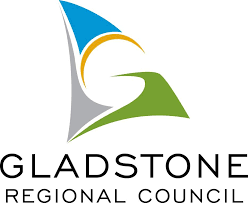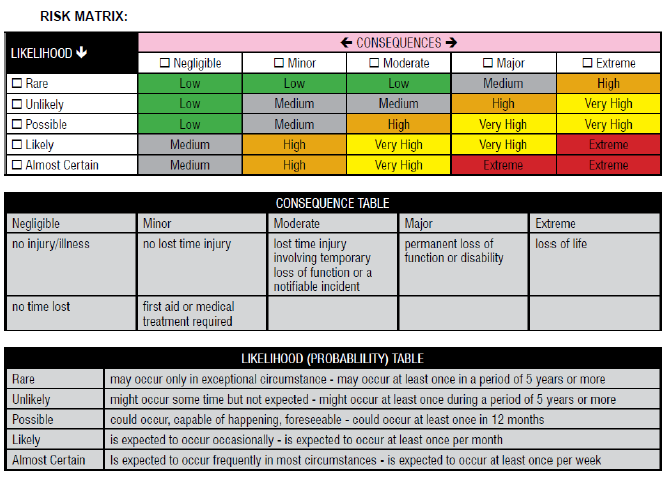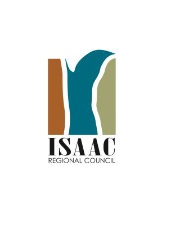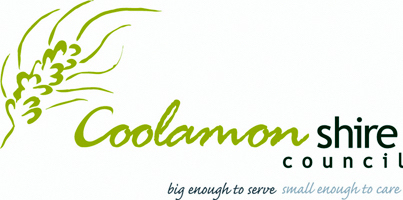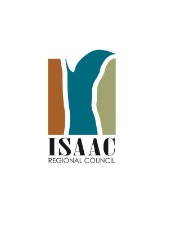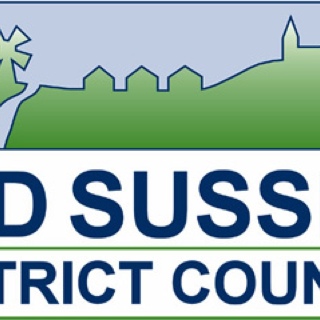Title Page
-
Conducted on
-
Prepared by
-
Location
Requirements
-
The purpose of this document is to provide guidelines for the identification of Hazards and Risks in
the workplace.
Suitable for Calliope, Miriam Vale, Gladstone and Agnes Water/ 1770 Depots (including Fleet
Workshops), Tondoon Botanic Gardens, Waste Water Treatment Plants, Sewage Dry Well
Pump Stations, and smaller depots such as Tannum, Nagoorin and Mount Larcom. -
INSPECTION PROCEDURES:
1. Use this checklist to inspect for hazards in the Office buildings regularly.
2. WHSRs and Supervisor are to inspect for hazards as per the “Hazard Inspection Matrix”.
3. For any ‘N’ ticked, take a photo for evidence and conduct a risk assessment using the ‘Risk Matrix' and write down the risk
level on the checklist. (Any hazard assessed High or greater must be immediately reported to
the Manager).
4. When completing the inspection, list improvement actions relevant to hazards that can’t be rectified immediately in the Actions List at each question
Note: When recommending control / corrective actions, always consider both short term and
long-term control options.
7. The Safety Advisor is to table the Actions List at the relevant Safety Committee meeting/s. The
committee is to discuss the control / corrective actions (if necessary) and monitor if the Action
List has been effectively actioned, verified and signed off.
8. Supervisors are to discuss the checklist and Action List with their staff at the regular toolbox talk
or safety meetings.
9. Always conduct a risk assessment before any controls are implemented and a risk assessment
after the controls are implemented to ensure the risk has been reduced. -
SAFETY DISCUSSIONS DURING INSPECTION
-
Worker Name
1. Fire Protection
-
1.1 Are inspections up to date for: (record last date)
-
Fire extinguishers?
-
Fire Blankets?
-
Hose Reels?
2. Emergency Evacuation (Complete spot checks in various areas)
-
2.1 Is fire equipment marked with a Location Marker
-
2.2 Are Emergency assembly areas allocated, signed and understood?
-
2.3 Extinguishers with an ID/Type signs (above the fire equipment)?
-
2.4 Are evacuation procedures/plans in place and current? (Current plans available on the Cloud and ECM)
-
2.5 Does a minimum of 1 practice drill occur per year?
-
2.6 Are warning systems/ Fire Panels audible in all areas? (Check with fire wardens)
-
2.7 Are all exits and evacuation paths kept clear?
3. First Aid
-
3.1 Are there sufficient first aid kits at the workplace?
-
3.2 Is a first aid sign displayed for the kit location?
-
3.3 Are first aid kits checked on a regular basis?
-
3.4 Are all contents in date?
-
3.5 Does the content of the kit match the contents list?
-
3.6 Is sharps kit available?
4. Electrical (Complete spot checks in various areas)
-
4.1 Is electrical equipment tested and tagged on a regular basis?
-
4.2 Are buildings protected by an RCD?
-
4.3 Is the RCD manually tested and tagged to ensure correct operation?
-
4.4 Are correct power boards in place?
-
4.5 Are leads kept off the ground?
5. Signage
-
5.1 Are relevant signs displayed near equipment
-
5.2 Are unauthorised entry signs displayed
-
5.3 Are signs in good condition (not faded/damaged)
-
5.4 Sufficient sign usage? Danger, Mandatory PPE areas, No Smoking, Speed, Hazchem sign etc.
-
5.5 Are out of service/danger tags available with evidence of use?
6. Personal Protective Equipment
-
6.1 Is appropriate PPE being worn? (boots, hard hat, safety glasses, gloves etc)
-
6.2 Is PPE in a well maintained state?
-
Is replacement PPE easily available?
7. Hazardous Substances
-
7.1 Are containers well marked / labelled correctly?
-
7.2 Have all hazardous substances and dangerous goods been identified?
-
7.3 Is there a chemical register available on site including (Safety Data Sheets)?
-
7.4 Are Risk Assessments available for hazardous substances and dangerous goods in the register? (spot check register)
-
7.5 Is there a dangerous goods manifest available at the front gate? (If applicable - for bulk chemical storage e.g. fuel bay)
-
7.6 Are there adequate amounts of spill kits available? (kept stocked as per contents list)
-
7.7 Is the area classed as bulk chemical storage, have appropriate controls been implemented? (signage, bunding, security etc)
8. Lifting Gear (Is all lifting equipment tagged, current and stored in good condition?)
-
Slings
-
Chains
-
Shackles
-
Lifting bars
-
8.2 Is the WLL (Working Load Limit) displayed on relevant lifting equipment?
-
8.3 Is the correct lifting equipment being used for relevant activities?
9. Register-able Plant
-
9.1 Has the crane been registered? (if applicable, specify date)
-
9.2 Are maintenance records available?
10. Plant / Equipment / Machinery (Select a couple of items of plant and inspect e.g. backhoe/forklift)
-
10.1 Are they in good condition?
-
10.2 Are all guards in place and secure? (e.g. PTO guards on slashers)
-
10.3 Is equipment free of obvious mechanical / structural Faults?
-
10.4 Are ladders in good condition? (no domestic ladders allowed - must be minimum 120kg rated)
11. Items to check on Plant Equipment
-
11.1 Are all warning lights and reversing beepers operating? (spot checks)
-
11.2 Do operators hold an appropriate certificate / licence? (spot check licences)
-
11.3 For forklifts, has an engineer approved all attachments these attachments, Does the compliance plate reflect the attachments?
-
11.4 Are pre-start checks completed prior to use?
12. Hand and Power tools
-
12.1 Are hand and power tools in good condition?
-
12.2 Are hand tool handles/shafts free from splits, deep cuts or damage
-
12.3 Are hand tool heads secured with no risk of coming off?
-
12.4 Are power tool guards in place? (spot checks)
13. Emergency Eyewash/Shower
-
13.1 Has an eyewash or emergency shower been installed and in good condition?
-
13.2 Where applicable to the quantity of chemicals on site
-
13.3 Is there evidence that it is regularly tested?
14. Confined Space
-
14.1 Have all confined spaces been identified? (Check ECM DSI - 3130994)
-
14.2 Are all confined spaces legibly signed?
-
14.3 Has a confined space profile (CSP) been developed for each confined space? (Check the register and see what profiles have been developed in the end columns-ECM 3130994)
-
14.4 Are all confined spaces secured from unauthorised access - eg Locks?
15. Working at Heights
-
15.1 Is heights safety equipment in good condition and maintained? (Anchor points, Fixed ladders, Fixed walkways, Harness and Lanyards, Fixed Stairs)
16. Pressure Equipment
-
16.1 Do workers correctly use pressure equipment? (Compressors etc)
-
16.2 Is compressed air equipment maintained on a regular basis with maintenance records available?
-
16.3 Are airlines labelled with blue / White decals?
-
16.4 Are welding screens in place when welding?
-
16.5 All welding hoses and leads are in good repair?
-
16.6 Are flashback arrestors fitted at the bottles?
-
16.7 Is the last test date for all flashback arresters within 12 months?
17. Notice Boards
-
17.1 Is the WH&S Policy displayed?
-
17.2 Is the Rehabilitation Policy displayed?
-
17.3 Are the following names displayed? - WHSA, WHSRs, First Aiders, Rehab Coordinator, Fire Wardens
-
17.4 Is the WHSRs entitlements notice displayed?
-
17.5 Are emergency telephone numbers displayed?
-
17.6 Is the Issue Resolution flowchart displayed?
18. Amenities
-
18.1 Are washrooms and lunchrooms facilities available?
-
18.2 Are washrooms and lunchrooms clean?
-
18.3 Are the following facilities provided adequately: Toilets, Hand Washing, Showers
19. Noise
-
19.1 Has a noise exposure survey been conducted for relevant plant and equipment? (See the noise survey register-ECM 3136903)
-
19.2 Is the hearing protection provided appropriate for the level of noise emitted?
20. General
-
20.1 Are bins provided and does regular waste removal occur?
-
20.2 Are there adequate storage facilities?
-
20.3 Do workers use good stacking and storage practices?
-
20.4 Are roadways and walkways in good condition?
-
20.5 Are parking areas well marked?
-
20.6 Is wash-down area maintained in a good condition?
